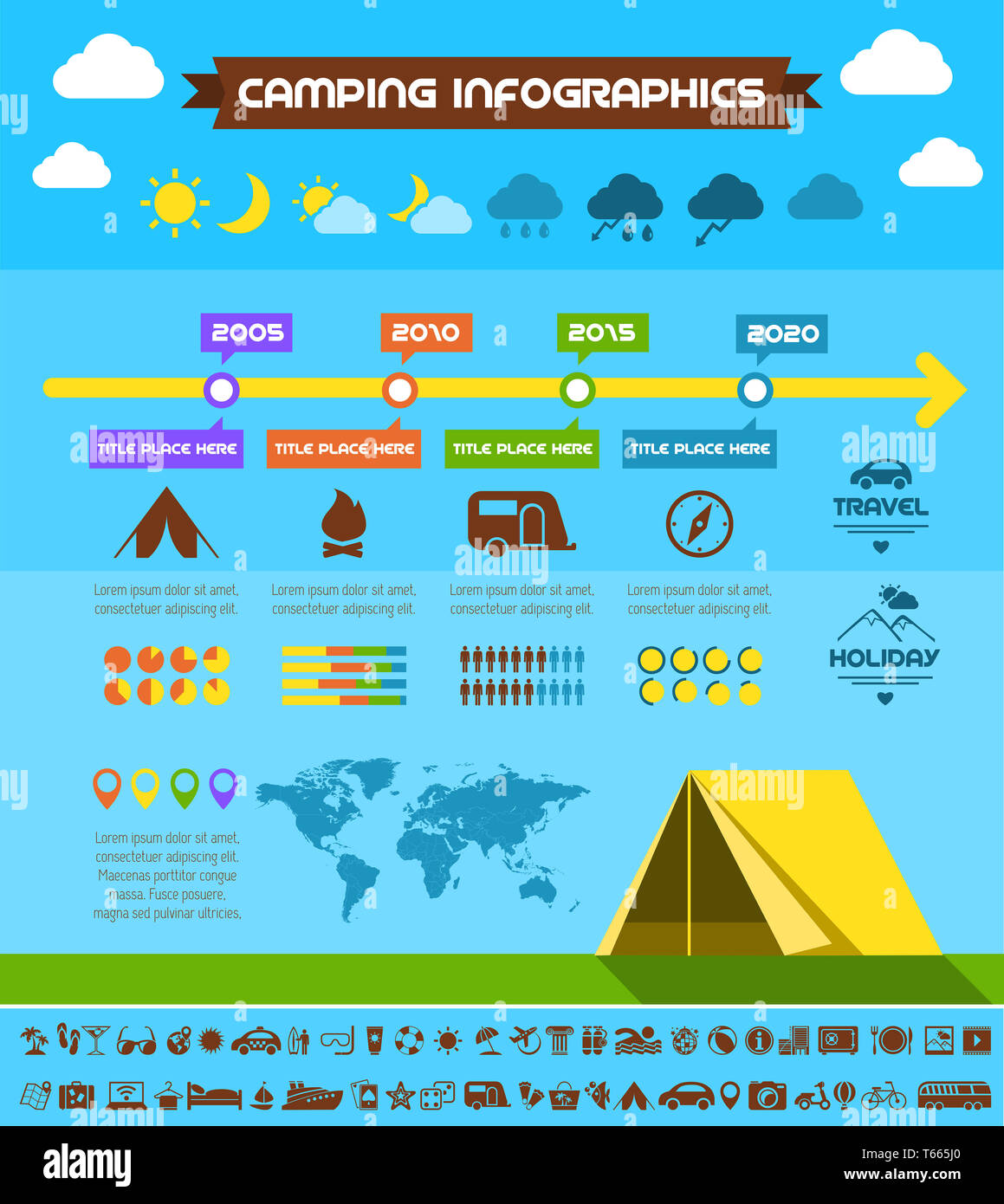While telescopes are a great way to view the night sky, binoculars are ideal for spur of the moment stargazing. They are small and mobile, and do not need a tripod.
How do you camp in luxury?
Binoculars can assist you choose Saturn's rings, the fragile earthshine on a crescent moon and far-off Neptune, which glows greenish-bluish from methane in its environment. They likewise let you observe open and globular star clusters, and faint galaxies like M17 in Sagittarius.
Magnifying
The magnifying number is the first thing to seek when buying field glasses. This number describes the dimension of the unbiased lens, which figures out exactly how brilliant an object appears. The larger the lens, the brighter a things will certainly show up.
Remember that magnifying alone will not expose more image detail; the resolving power of the optics is also vital. The smaller sized the settling power, the harder it is to divide items that are close together.
A large magnification can additionally lower the field of vision, which restricts exactly how broad an area you can see at once. Make certain to examine the "field of vision" spec on the binoculars you are considering, as even versions with the same zoom can have hugely different FOV's! A greater FOV will certainly make it much easier to find and track objects, specifically if you're checking across the sky. It's additionally an excellent idea to consider whether you desire your field glasses to be image stabilized, which will certainly make up for the movement of your hands and create a solitary picture.
Field of view
The field of view is the quantity of area that can be observed. This is an important variable to take into consideration when purchasing binoculars. The bigger the field of vision, the more things you will certainly be able to see without relocating the field glasses. For example, you will tents for sale have the ability to find fast-moving wild birds easier and quicker. It will certainly also be less complicated to find small galaxies or star clusters in huge observations.
Most field glasses will display the angular and straight field of view on among their barrels. The angular field of vision will be given up degrees and the straight field of vision will be mentioned in feet observed at 1,000 lawns or meters observed at 1,000 meters.
Sometimes the angular and straight field of view will certainly be provided together in a table. It is necessary to note that the angular and straight field of visions will be various, even when the magnifying coincides.
Eyepieces
The eyepiece is the lens or group of lenses in between the final photo in an optical instrument and the visitor. It serves to multiply that picture, and therefore establishes its magnification.
Regular binoculars have a main focus wheel in between the two barrels that can be made use of to focus them on a things. They likewise have a small, stiff-turning wheel by the ideal eyepiece called a diopter to compensate for distinctions between a customer's eyes.
Binoculars can be made use of by myopic (near-sighted) and hyperopic (discerning) users without the demand for eyeglasses. Nonetheless, those with severe astigmatism must still wear their glasses while using field glasses. Field glasses have a larger leave pupil than telescopes, therefore it's simpler for the customer to place their eyes in the proper position for checking out things. This assists to prevent blurry images brought on by vignetting, or dimming of the image around the side of the field of vision. A bigger exit pupil additionally allows a customer to move their eyes swiftly from one object to one more.
Tripods
For the best results with both field glasses and telescopes you will intend to use a tripod. It does not need to be a fancy cam type tripod either, a lot of field glasses have what is called a tripod adapter port that accepts a common one and is reasonably economical and very easy to obtain.
The primary factor that astronomers use telescopes is that their larger aperture supplies far better light gathering which enables them to see greater resolution images of faint deep skies things, like star clusters and nebulae, while still retaining a big field of view. Binoculars do not have this capability and, with a tiny aperture, they can not deal with pictures as greatly as a telescope.
What is the best thing to sleep on when camping?
With the best problems, nevertheless, it is feasible to enjoy checking out many expensive objects with a set of field glasses. Using them to wander the summertime skies for double stars, or to move magnificent celebrity areas on a clear night is an amazing experience.
